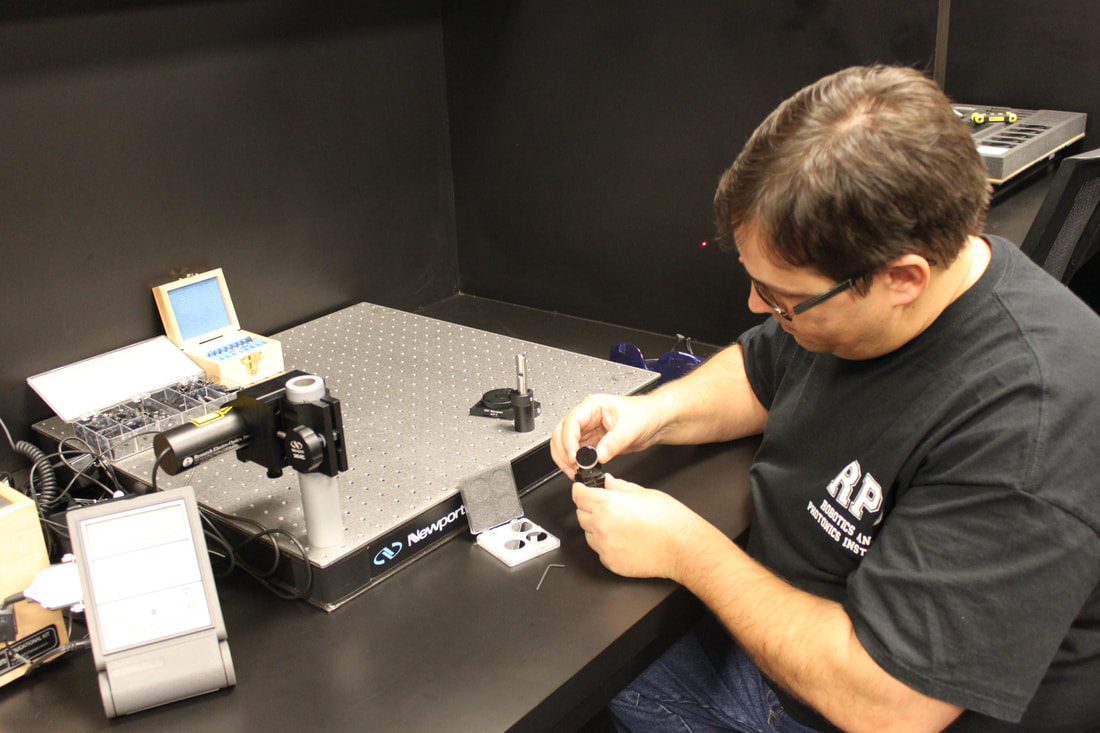/ Professional Development Courses / Geometrical and Physical Optics
This course teaches principles of geometrical and physical optics that can be applied in the fields of electronics, instrumentation, telecommunications, and biomedical equipment. The first half of this course will be focused the fundamentals of geometrical optics.
Participants will learn how to manipulate light using mirrors and lenses. The theoretical analysis based on ray-tracing techniques and mathematical equations will be introduced and then followed by lab experiments. In the second half of this course, the participants will dig deeper into the fundamentals of physical optics, such as interference patterns through single and double slits, pinholes, and diffraction gratings. Course participants will also be introduced to the basics of laser construction and principles of laser operation.
Course Length
Online: 6 Months
Hands-On: 2 full days (optional)
*currently unavailable*
Prerequisite
Introduction to Photonics
Online course: $420
U.S. Educators can apply for a LASER-TEC scholarship. Contact us for details.
The cost of practical session does not include the cost of travel, lodging, or any other affiliated expenses.
We are unable to accept international payments at this time, we apologize for the inconvenience.
- State the Law of Reflection and Snell’s Law of Refraction at plane and spherical interfaces between different optical media
- Describe total internal reflection and calculate the critical angle of incidence for the interface between two optical media
- Calculate the minimum angle of deviation for a prism and show how this angle can be used to determine the refractive index of a transparent material shaped into a prism
- Explain propagation of light rays through a telescope, a camera, and a pair of binoculars
- Utilize ray-tracing techniques to locate the images formed by plane and spherical mirrors and lenses
- Determine location, size, orientation, and nature of images formed with spherical mirrors and lenses using mathematical equations
- Implement various optical alignment techniques, including the collimation of a diverging laser beam
- Recognize the difference between Fraunhofer (far-field) and Fresnel (near-field) diffraction
- Experimentally determine the thickness of a human hair using the concept of diffraction
- Conduct experiments with various diffraction filters and use equations to calculate beam spread and fringe locations
- Describe a transmission grating and calculate positions of different orders of diffraction
- Calculate the OD of laser safety eyewear for a specific laser type and MPE
- Describe how polarizers/analyzers and the Law of Malus are used to control light intensity
- Calculate Brewster’s angle and discuss how a Brewster window is used in a laser cavity for the generation of a linearly polarized laser beam
- Describe the main functions of various components of a laser
- Implement the acquired skills and knowledge to troubleshoot and solve simple problems in a photonics lab




